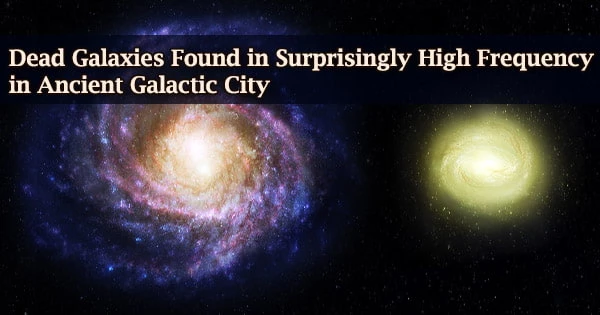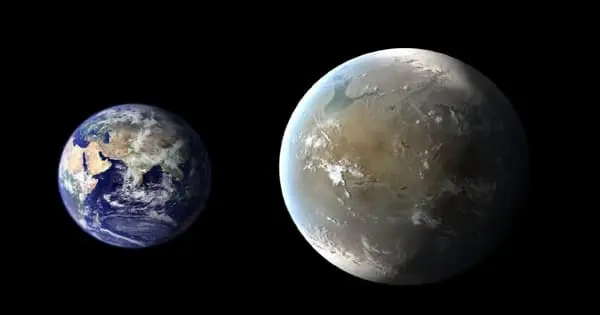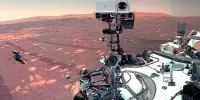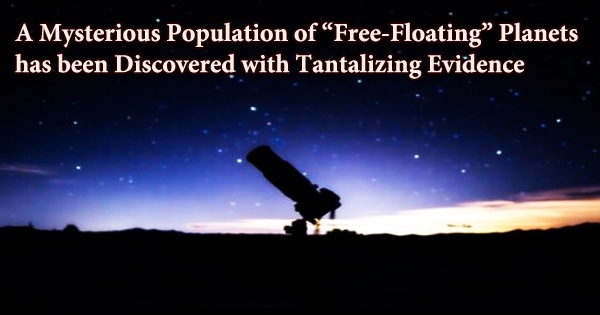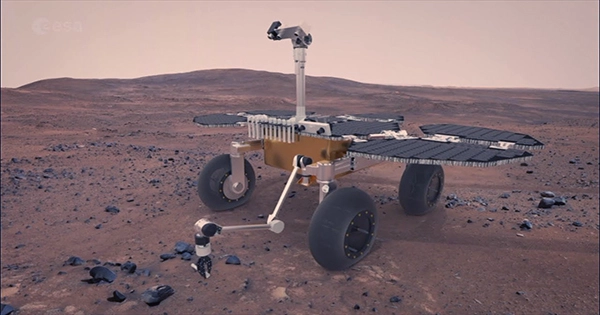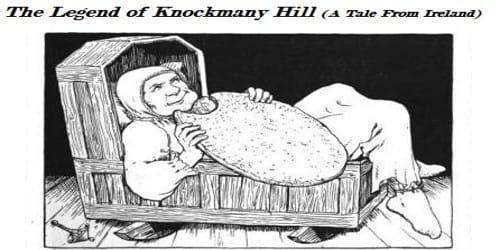A large cluster of young galaxies emerging in the early cosmos has been discovered by an international team of astronomers lead by researchers from the University of California, Riverside.
MAGAZ3NE J095924+022537 is a newly discovered expanding galactic metropolis that is roughly 11.8 billion light-years away from Earth. It is a newborn galaxy cluster, or protocluster, with at least 38 component galaxies.
Galaxy clusters grow throughout time due to gravity and can contain hundreds or even thousands of galaxies, as well as hot gas and dark matter, in today’s universe. Their galaxies burn through the available fuel and transform from actively star-forming galaxies to red and lifeless galaxies as time passes.
Galaxies are massive clusters of stars that make up our cosmos. But how many galaxies are there in the universe? Counting them appears to be an impossibility. Sheer numbers is one issue; as the count reaches the billions, adding them up takes a long time.
Another issue is that our instruments are limited. A telescope must have a big aperture (the diameter of the main mirror or lens) and be placed above the atmosphere to minimize distortion from Earth’s atmosphere in order to receive the greatest view.
“In the early universe, all protoclusters discovered until now are full of vigorously star-forming galaxies,” said Ian McConachie, a graduate student in the UC Riverside Department of Physics and Astronomy and the lead author of the research paper published in the Astrophysical Journal. “But incredibly, unlike all of the other protoclusters that have been found at this epoch, many galaxies in MAGAZ3NE J0959 appear to have already stopped forming stars.”
J0959 was discovered by the “Massive Ancient Galaxies At Z > 3 NEar-infrared,” or MAGAZ3NE, survey, which was meant to locate and study ultramassive galaxies and their neighbors, according to coauthor Gillian Wilson, a professor of physics and astronomy at UCR in whose lab McConachie works.
A new scenario of protoclusters existing in a diversity of states in the early universe would have to be adopted. With many member galaxies quenching in the first two billion years, this would almost certainly pose significant challenges for current models of galaxy simulation.
Benjamin Forrest
“We are seeing this protocluster as it appeared when the universe was less than 2 billion years old,” she said. “It is as if you took a cluster like Coma, the nearest rich cluster of galaxies to Earth, and plopped it into the early universe.”
The heart of MAGAZ3NE J0959, according to coauthor Benjamin Forrest, a former postdoctoral researcher in Wilson’s group who is currently located at UC Davis, is an ultramassive galaxy that has already formed a mass of more than 200 billion suns.
“Why this ultramassive galaxy and so many of its neighbors formed most of their stars and then became inactive when the universe was still so young, in contrast to other known protoclusters from the same time, is a big mystery,” he said. “Why its galaxies are so unlike those in all the other known protoclusters, and so similar to those in Coma, is a complete mystery.”
Forrest went on to say that while MAGAZ3NE J0959 was discovered from the ground, powerful new capabilities, such as the recently launched James Webb Space Telescope, should soon reveal whether there are other protoclusters like MAGAZ3NE J0959 packed with dead galaxies waiting to be discovered in the early universe.
“Should such protoclusters be found in large numbers, it would mean that the current paradigm of protocluster formation would require a major revision,” Forrest said. “A new scenario of protoclusters existing in a diversity of states in the early universe would have to be adopted. With many member galaxies quenching in the first two billion years, this would almost certainly pose significant challenges for current models of galaxy simulation.”
To conduct thorough measurements of MAGAZ3NE J0959 and precisely estimate its distances, the researchers employed spectroscopic data from the W. M. Keck Observatory’s Multi-Object Spectrograph for Infrared Exploration, or MOSFIRE.
The environment in which ultramassive galaxies form is closely linked to the topic of how they form; for example, are they usually found in dense environments like protoclusters, or may they form in isolation?
To answer this question, the team wants to investigate the surroundings of all other ultramassive galaxies in the MAGAZ3NE survey.
Other researchers involved in the study are Cemile Marsan and Adam Muzzin of York University, Canada; Michael Cooper of UC Irvine; Marianna Annunziatella and Danilo Marchesini of Tufts University; Jeffrey Chan and Mohamed Abdullah of UCR; Percy Gomez of Keck Observatory; Paolo Saracco of Astronomical Observatory of Brera, Italy; Julie Nantais of Andrés Bello National University, Santiago, Chile.
The study was supported by grants from the National Science Foundation and NASA.
